Explaining one of astrophysics’ most puzzling particles.


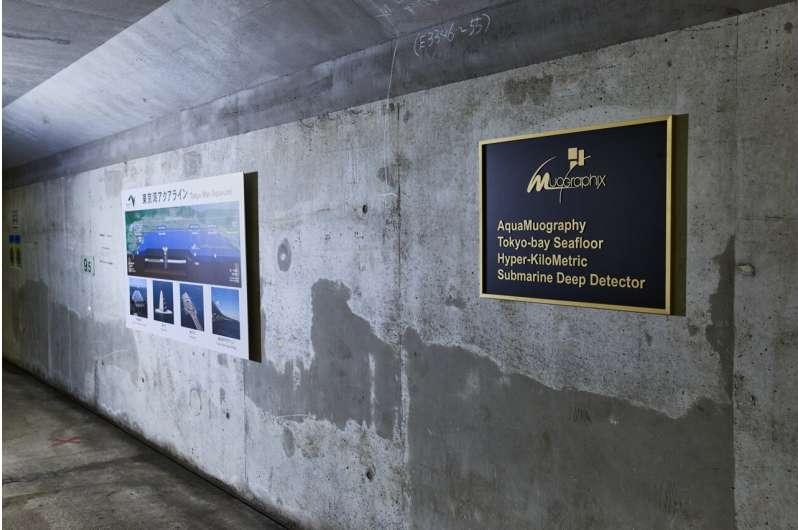
Highly energetic particles called muons are ever present in the atmosphere and pass through even massive objects with ease. Sensitive detectors installed along the Tokyo Bay tunnel measure muons passing through the sea above them. This allows for changes in the volume of water above the tunnel to be calculated. For the first time, this method was used to accurately detect a mild tsunami following a typhoon in 2021.
In the time it takes you to read this sentence, approximately 100,000 muon particles will have passed through your body. But don’t worry, muons pass through ordinary matter harmlessly, and they can be extremely useful too. Professor Hiroyuki Tanaka from Muographix at the University of Tokyo has made his career out of exploring applications for muons. He’s used them to see inside volcanoes and even detect evidence of ancient earthquakes. Recently, Tanaka and his international team of researchers have turned their focus to meteorological phenomena, in particular, tsunamis.
In September 2021, a typhoon approached Japan from the south. As it neared the land it brought with it ocean swells, tsunamis. On this occasion these were quite mild, but throughout history, tsunamis have caused great damage to many coastal areas around Japan. As the huge swell moved into Tokyo Bay, something happened on a microscopic level that’s almost imperceptible. Atmospheric muon particles, generated by cosmic rays from deep space, were ever so slightly more scattered by the extra volume of water than they would be otherwise. This means the quantity of muons passing through Tokyo Bay varied as the ocean swelled.
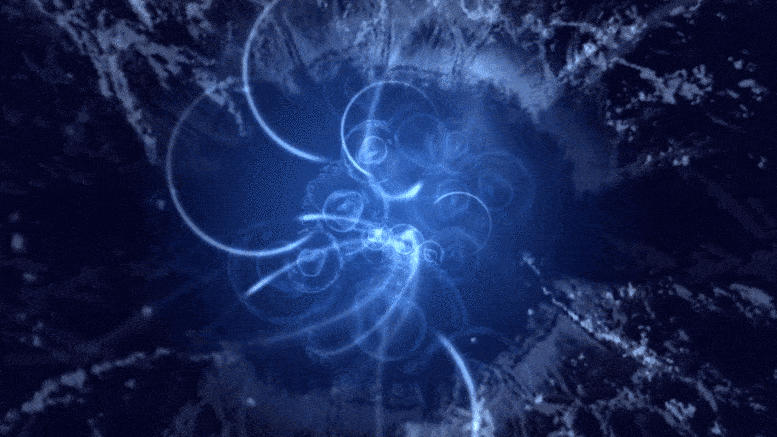
CUORE Team Places New Limits on the Bizarre Behavior of Neutrinos Physicists are closing in on the true nature of the neutrino — and might be closer to answering a fundamental question about our own existence. In a Laboratory under a mountain, physicists are using crystals far colder than frozen air to study ghostly particles, hoping to learn secrets from the beginning of the universe. Researchers at the Cryogenic Underground Observatory for Rare Events (CUORE) announced this week that they had placed some of the most stringent limits yet on the strange possibility that the neutrino is its own antiparticle. Neutrinos are deeply unusual particles, so ethereal and so ubiquitous that they regularly pass through our bodies without us noticing. CUORE has spent the last three years patiently waiting to see evidence of a distinctive nuclear decay process, only possible if neutrinos and antineutrinos are the same particle. CUORE’s new data shows that this decay doesn’t happen for trillions of trillions of years, if it happens at all. CUORE’s limits on the behavior of these tiny phantoms are a crucial part of the search for the next breakthrough in particle and nuclear physics – and the search for our own origins.
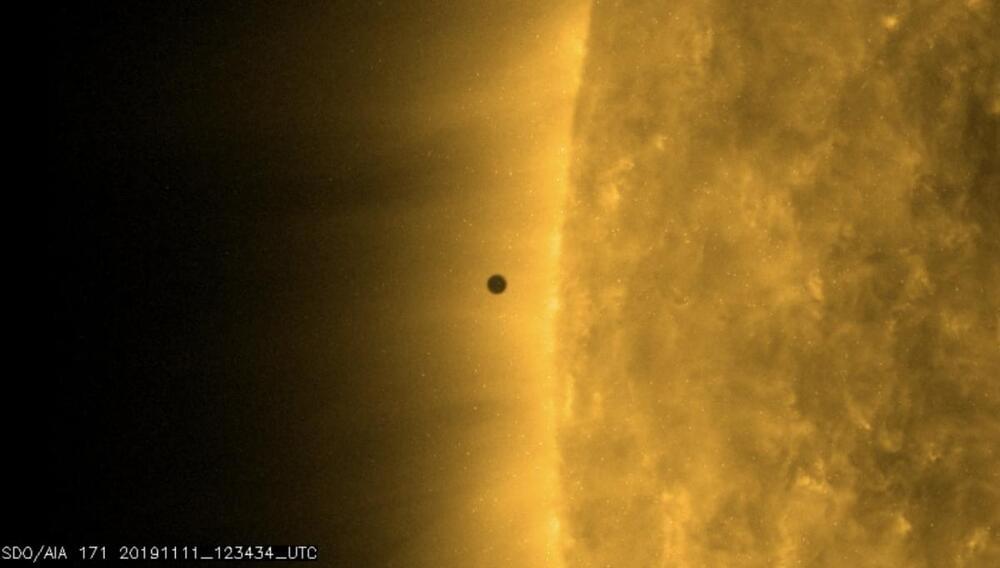
The wave likely scoured the surface of the weakly magnetic planet.
Previously, scientists were unsure if Mercury’s magnetic field was strong enough to induce geomagnetic storms. However, research published in two papers in the journals Nature Communications and Science China Technological Sciences in February has proved that the magnetic field is, indeed, strong enough. The first paper showed that Mercury has a ring current, a doughnut-shaped stream of charged particles flowing around a field line between the planet’s poles, and the second paper pointed to this ring current being capable of triggering geomagnetic storms.
“The processes are quite similar to here on Earth,” Hui Zhang, a co-author of both studies and a space physics professor at the University of Alaska Fairbanks Geophysical Institute, said in a statement. “The main differences are the size of the planet and Mercury has a weak magnetic field and virtually no atmosphere.”
The sun’s activity has been increasing far faster than past official forecasts predicted, according to the National Oceanic and Atmospheric Administration’s Space Weather Prediction Center. The sun moves between highs and lows of activity across a rough 11-year cycle, but because the mechanism that drives this solar cycle isn’t well understood, it’s challenging for scientists to predict its exact length and strength.

A special form of light made using an ancient Namibian gemstone could be the key to new light-based quantum computers, which could solve long-held scientific mysteries, according to new research led by the University of St Andrews.
The research, conducted in collaboration with scientists at Harvard University in the US, Macquarie University in Australia and Aarhus University in Denmark and published in Nature Materials, used a naturally mined cuprous oxide (Cu2O) gemstone from Namibia to produce Rydberg polaritons, the largest hybrid particles of light and matter ever created.
Rydberg polaritons switch continually from light to matter and back again. In Rydberg polaritons, light and matter are like two sides of a coin, and the matter side is what makes polaritons interact with each other.
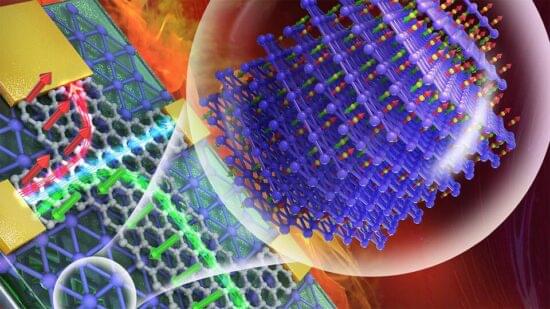

“You can do it quickly, you can do it cheaply, or you can do it right. We did it right.” These were some of the opening remarks from David Toback, leader of the Collider Detector at Fermilab, as he announced the results of a decadelong experiment to measure the mass of a particle called the W boson.
I am a high energy particle physicist, and I am part of the team of hundreds of scientists that built and ran the Collider Detector at Fermilab in Illinois – known as CDF.
After trillions of collisions and years of data collection and number crunching, the CDF team found that the W boson has slightly more mass than expected. Though the discrepancy is tiny, the results, described in a paper published in Science on April 7, 2022, have electrified the particle physics world. If the measurement is correct, it is yet another strong signal that there are missing pieces to the physics puzzle of how the universe works.

On September 1 and 2, 1859, telegraph systems around the world failed catastrophically. The operators of the telegraphs reported receiving electrical shocks, telegraph paper catching fire, and being able to operate equipment with batteries disconnected. During the evenings, the aurora borealis, more commonly known as the northern lights, could be seen as far south as Colombia. Typically, these lights are only visible at higher latitudes, in northern Canada, Scandinavia, and Siberia.
What the world experienced that day, now known as the Carrington Event, was a massive geomagnetic storm. These storms occur when a large bubble of superheated gas called plasma is ejected from the surface of the sun and hits the Earth. This bubble is known as a coronal mass ejection.
The plasma of a coronal mass ejection consists of a cloud of protons and electrons, which are electrically charged particles. When these particles reach the Earth, they interact with the magnetic field that surrounds the planet. This interaction causes the magnetic field to distort and weaken, which in turn leads to the strange behavior of the aurora borealis and other natural phenomena. As an electrical engineer who specializes in the power grid, I study how geomagnetic storms also threaten to cause power and internet outages and how to protect against that.
In this one-hour public lecture Josh Frieman, director of the Dark Energy Survey, presents an overview of our current knowledge of the universe and describe new experiments and observatories. Over the last two decades cosmologists have made remarkable discoveries: Only 4 percent of our universe is made of ordinary matter — atoms, molecules, etc. The other 96 percent is dark, in forms unlike anything with which we are familiar. About 25 percent is dark matter, which holds galaxies and larger-scale structures together and may be a new elementary particle. And 70 percent is thought to be dark energy, an even more mysterious entity which speeds up the expansion of the universe. Josh Frieman is senior staff scientist at the Fermilab and Professor of Astronomy and Astrophysics and member of the Kavli Institute for Cosmological Physics at the University of Chicago. The Dark Energy Survey is a collaboration of 300 scientists from 25 institutions on 3 continents, which built and uses a powerful 570-Megapixel camera on a telescope in Chile to carry out a 5-year survey of 300 million galaxies and thousands of supernovae to probe dark energy and the origin of cosmic acceleration.
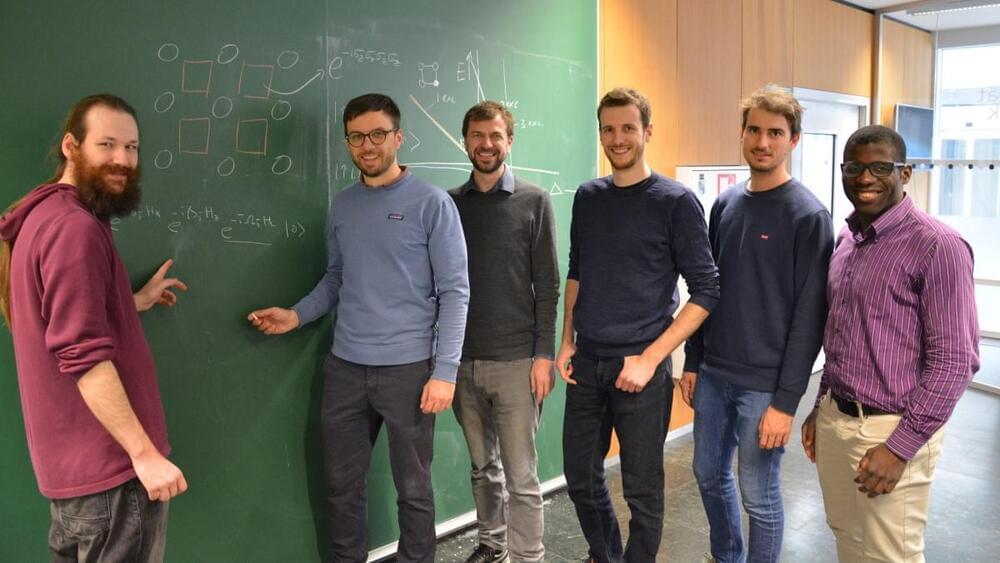
Existing quantum devices can actually do things that we cannot compute with classical computers. The question is only can we harness this computational power that is apparently there,” van Bijnen says. “Maybe doing arbitrary computational problems is a bit much to ask, so we are now looking at whether we can match problems well to available quantum hardware.” Many current experiments involving Rydberg atoms would likely not require any radical changes in instrumentation that is already being used, he adds.